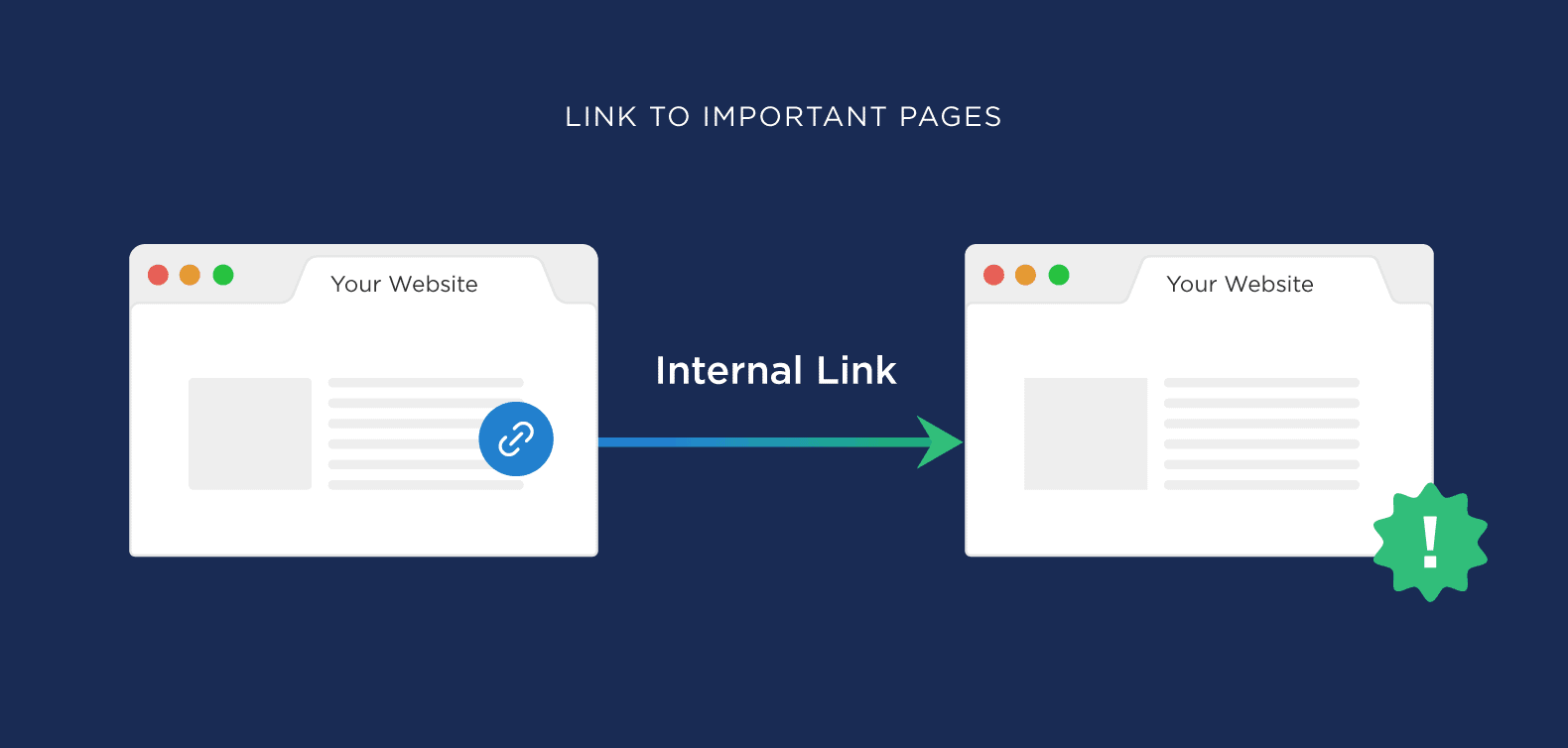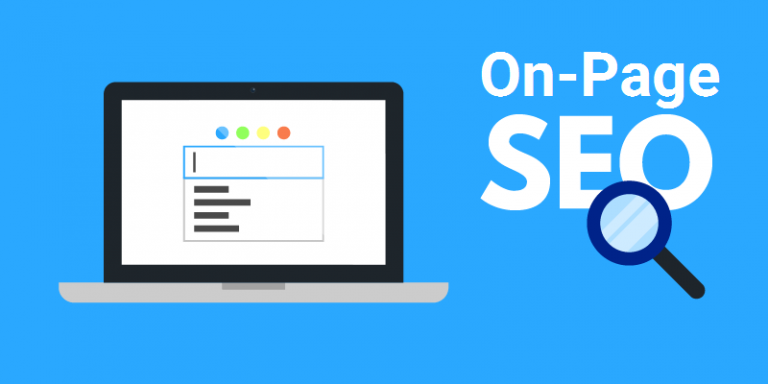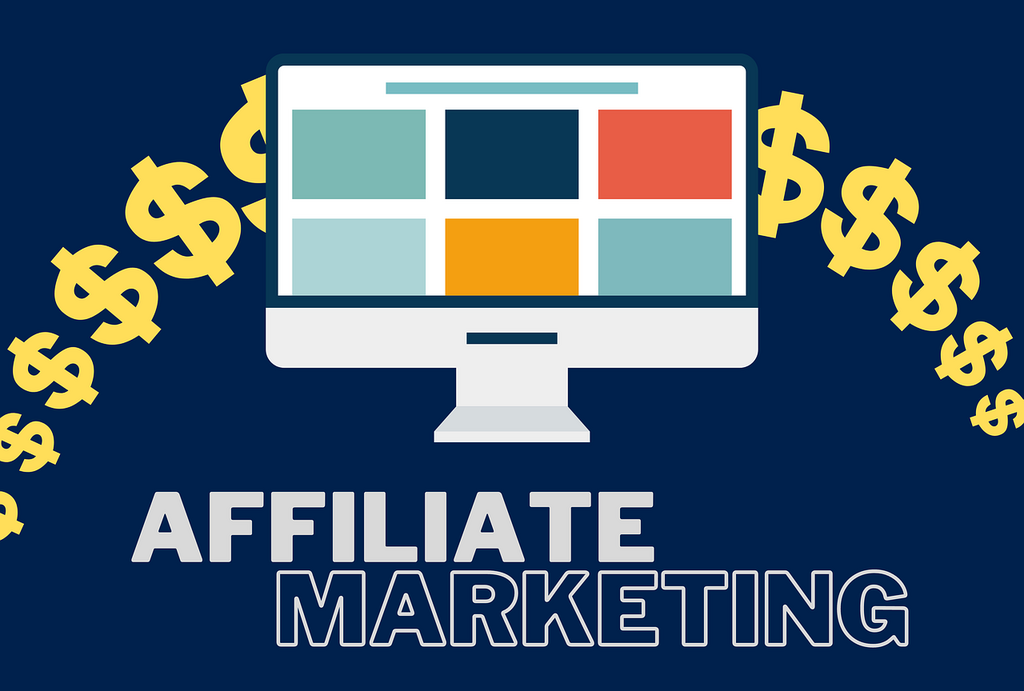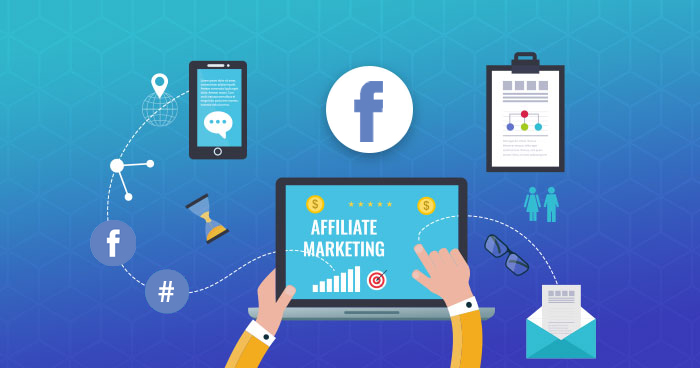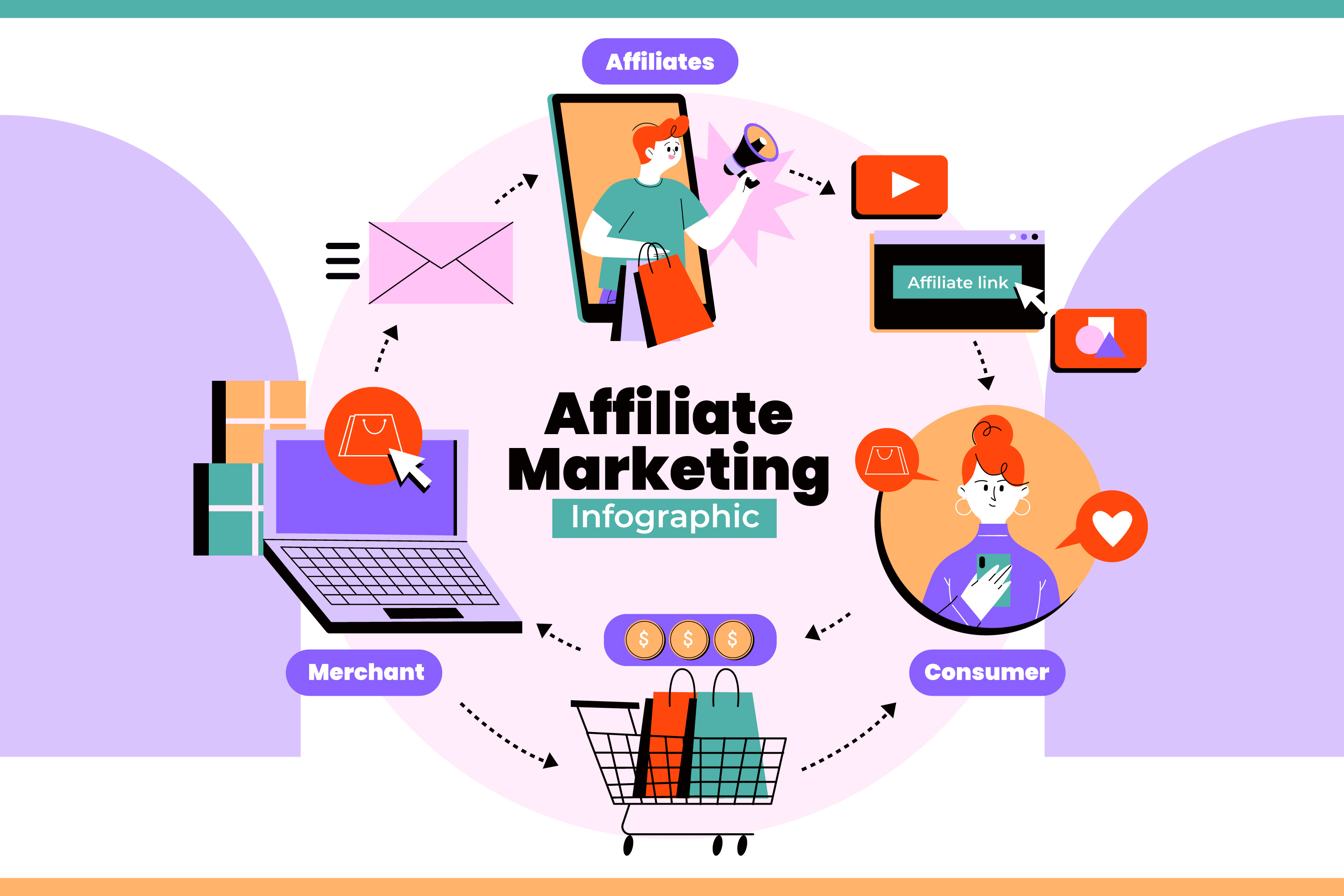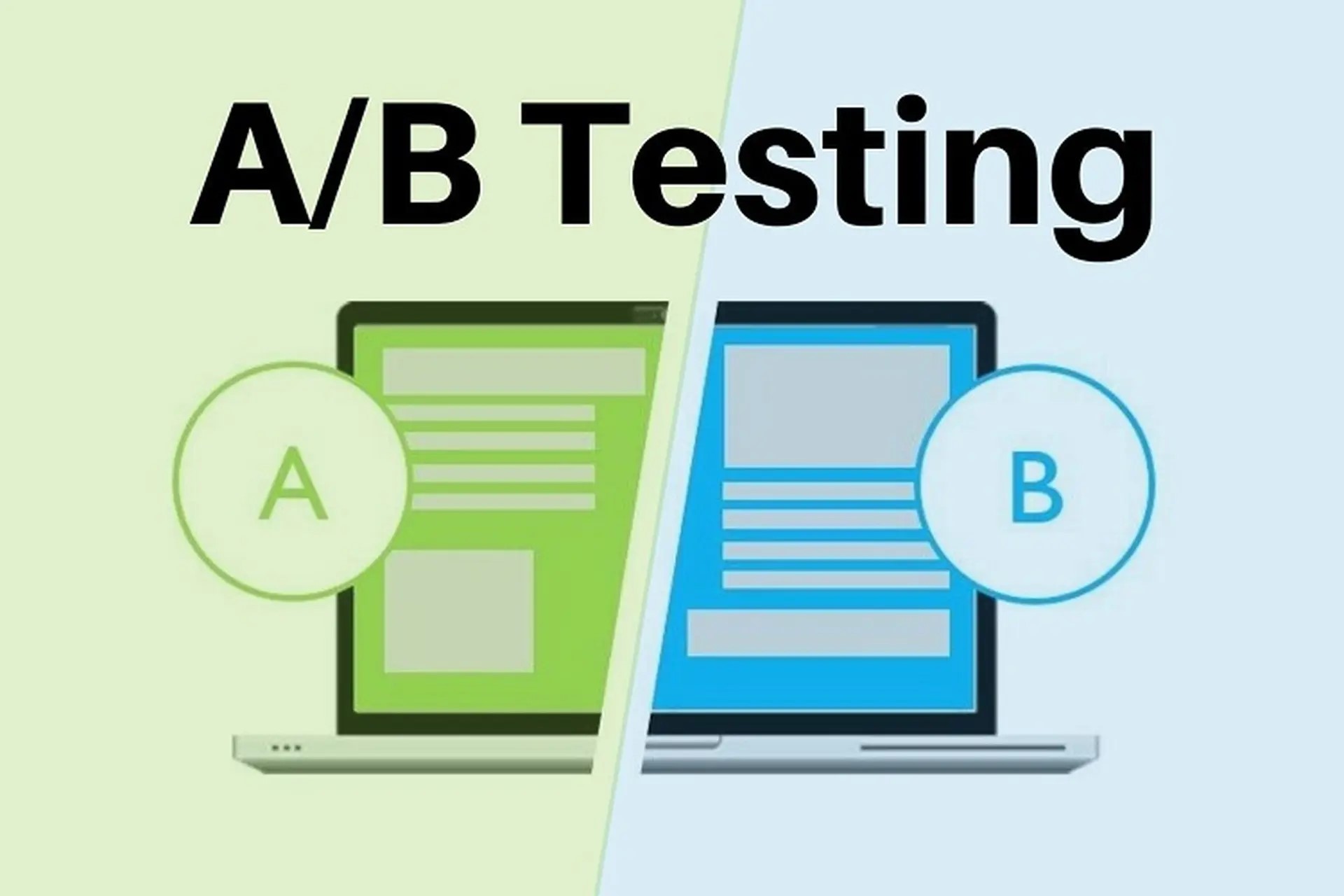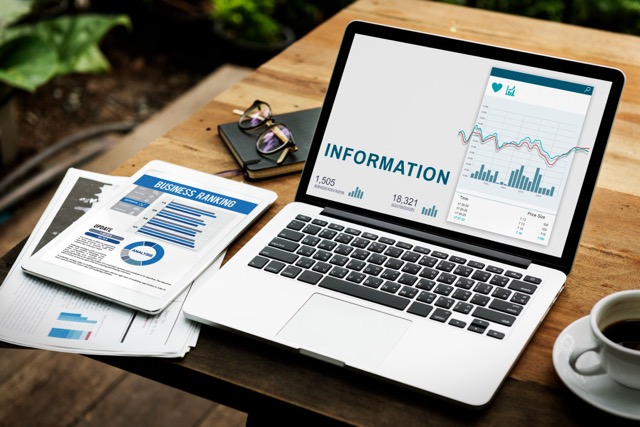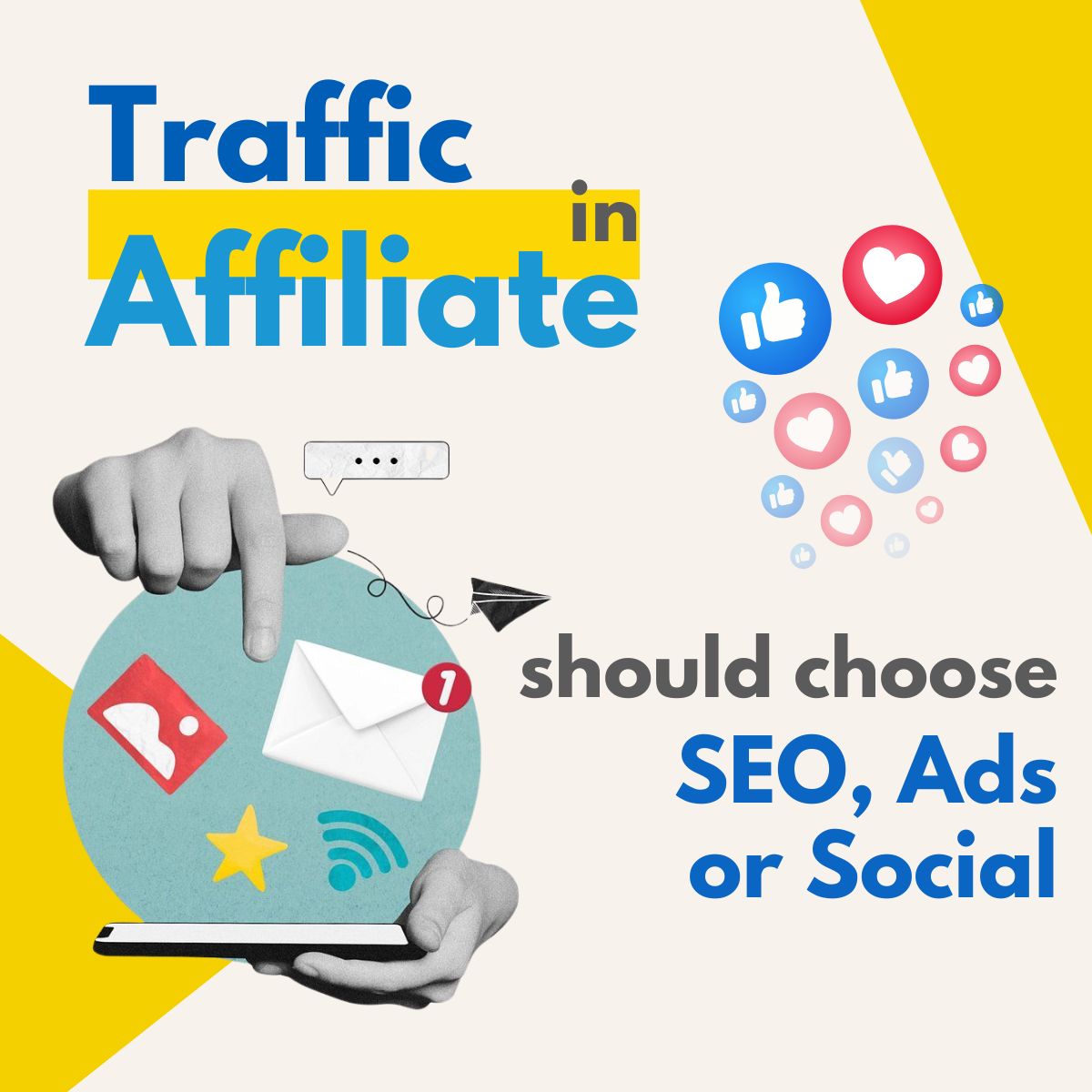Instructions to optimize on-page SEO for newbies.
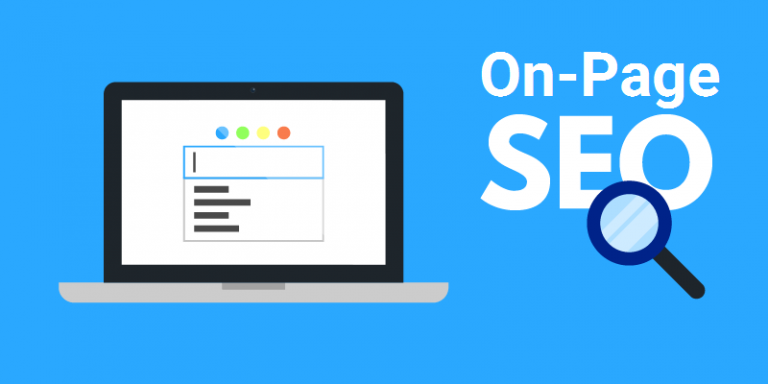
On-page SEO optimization is an important part of an SEO strategy to help your website achieve the best performance on search engines and boost up its reach to potential customers.
1. How important is on-page SEO optimization for content?
On-page SEO optimization is an important part of an SEO strategy to help your website achieve the best performance on search engines and boost up its reach to potential customers.
Several benefits of on-page SEO optimization:
Improve user experience: On-page SEO optimization improves user experience by providing valuable and readable content, avoiding site errors and improving page loading speed.
Increase your chances of being found on search engines: When on-page factors are optimized, your website will be displayed in a higher position on search results that helps to increase your website impression.
Increase share and linkability: When your website is well optimized, users are more likely to share and link to your website which helps increase traffic and website reliability.
Save advertising costs: When your website is well optimized, you can reduce your advertising costs by focusing on other marketing channels such as off-page SEO optimization or advertising that pay for main keywords.
2. When should on-page SEO be done?
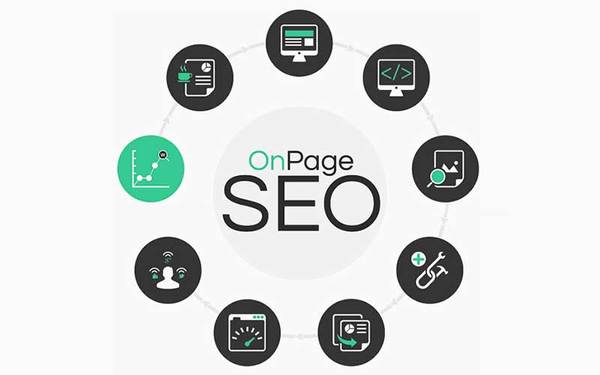
On-page SEO is a vital part of an SEO strategy to optimize your website so that it can rank higher on search results of Google and other search engines. Almost all activities of building on-page SEO are free. Specifically:
The setting elements can be: website structure, https, sitemap, etc.
Tasks that need to be carried out regularly such as: writing new SEO content, auditing content, optimizing page loading speed, etc.
Even if you are ranking first on Google, constantly updating and performing on-page SEO are still really crucial to maintain long-term rankings.
3. How to do on-page SEO?
_1681695939.jpg)
Title Tag Optimization
Title tag optimization is an important part of the on-page SEO strategy.
Some notes when optimizing title tags:
- The title and URL shouldn’t be exactly the same.
- SEO keywords in the beginning are often prioritized to increase CTR and ranking.
- The title should contain the keywords with the second highest search volume (highest search volume should be in the URL).
- Each title is separated by a – or l.
- Title should contain enough keywords. It is important for titles to be coherent and natural. Keywords shouldn’t be forced into titles in unnatural ways that lead to keyword stuffing.
- Header Tags: Use header tags to categorize the content on your site and help Google understand the structure of the page.
- Page URL Optimization: URL should be clear and easy to read and contain keywords. The shorter keywords are, the more likely the web will be ranked higher, so you need to use main keywords that have the highest search volume. An SEO standard URL consists of the following components:
- The URL body (also known as the domain name) should be short, easy to remember and relevant to the content of the website.
- The keywords in the URL should be placed in the right place and related to the content of the website.
- The URL element needs to be lowercase and use a hyphen (-) to separate keywords.
- URL should be of minimum length to avoid inconvenience to the user.
- URL should be defined as unique and stable and not changed frequently.
_1681696169.jpg)
Meta description optimization
Meta Description is a short description (under 156 characters) displayed in search results that allows users to know what your website is about before clicking. The better the Meta Description, the more readers your content will attract.
Right Keywords Usage
Use the right keywords in the page content: However, you need to avoid using too many keywords (keyword stuffing) to avoid being penalized by Google.
Images Optimization: Ensure images are uploaded to the site quickly and are appropriately named.
Content Optimization
Write high-quality content that provides value to your readers and answers their questions. Content should be well organized with short paragraphs that are easy to read and understand as well as create internal links between pages
User-friendly Website Creation
Optimize your website to load quickly and ensure good responsiveness on mobile devices.
Internal Linking
Internal linking in on-page SEO is the creation of links between different web pages on the same website. This makes navigating and accessing your site easier for users as well as for search engine robots.
Optimizing internal linking is an important part of on-page SEO because it helps to improve the site structure and makes it easier for search robots to understand the content of the site. When creating internal links, you should use the right keywords and link to relevant pages to enhance the functionality of your site's content and improve your site's ranking in the search results of search engines.
